Soleus muscle: Anatomy, Origin, Insertion, Function, Exercise
Table of Contents
What is soleus muscle?
Soleus muscle is a flat, broad muscle of the calf of the leg lying just beneath the gastrocnemius muscle. It arises from the upper part of the tibia and fibula, the bones of the lower leg, and then attach to the gastrocnemius to attach via the Achilles tendon at the heel.
It is a large muscle located in the posterior leg. The soleus and gastrocnemius, along with the plantaris muscle, belong to the group of superficial posterior compartment calf muscles.
Origin:
Proximal half of back surface of tibia along soleal line.
proximal 1/3 of the posterior fibula.
Insertion:
Posterior heal via a calcaneal tendon.
Nerve supply:
Its supplied by the tibial nerve, L4, L5, S1, and S2. it has no sensory supply to the intramuscular aponeurosis.
Blood supply:
Its supplied by branches of the popliteal artery trunk, the posterior tibial artery, and the peroneal artery.
Antagonists of soleus:
Tibialis anterior
Structure:
The soleus is located in the superficial back compartment of the leg. The soleus is a multi-pennate muscle, usually having a separate aponeurosis from the gastrocnemius muscle. A majority of soleus muscle fibers arise from each side of the anterior aponeurosis, attached to the tibia and fibula. Others fibers attach from the posterior surfaces of the head of the fibula and the middle third of the medial border of the tibia.
Relations:
The soleus’ function same as the gastrocnemius muscle. Together, they constitute a plantar flexor – their contraction results in the plantar flexion of the ankle joint, and the lifting of the heel against gravity when walking or jumping. The plantaris muscle and a portion of its tendon run between the 2 muscles. Deep to it is the transverse intermuscular septum, which separates the superficial back compartment of the leg from the deep posterior compartment.
Function:
The action of the soleus muscle is plantarflexion of the foot. They are powerful muscles and are vital in walking, running, and keeping balance. The soleus specifically plays an important role in maintaining standing posture, if not for its constant pull, the body would fall forward. Also, in standing posture, the soleus is responsible for pumping venous blood back into the heart from the periphery and is also called the skeletal-muscle pump, peripheral heart, or the tricipital pump. The soleus is the most virtual muscle for plantarflexion in a bent knee position.
Clinical importance:
Soleus strain: A soleus muscle strain occurs due to muscle fibers are damaged by the loads placed on them by activity. The soleus muscle is injured while the knee is in flexion. Strains of the proximal medial musculotendinous junction are the most general type of soleus muscle injuries. It crosses only the ankle and is largely a term of type one slow-twitch muscle fibers.
Soleus tear: Torn calf muscles are the most common injuries seen in primary care. A soleus tear often results from overuse. injuries occur typically in runners due to fatigue & overtraining. Athletes especially in long-distance & endurance running walking, which requires continuous soleus action are at higher risk of injury.
Stretching exercise:
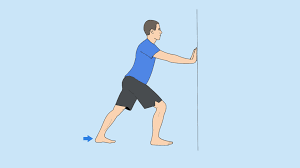
Soleus Stretch (Flexibility): Stand facing a wall from 3 feet apart. Take one step toward the wall with your right foot. Place both palms on the wall. Bend both knees and lean forward. Hold for 30 to 60 seconds. Then relax both legs. Switch legs and repeat. Repeat this exercise 3 times a day.
Strengthening exercise:
Seated Toe Raises: Sit in a chair with both feet on the ground. Pressing down through the toes, raise your heels off the ground. Hold the position for 10 seconds, then lower. Repeat 10 times.
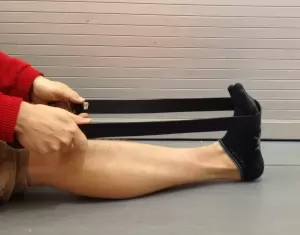
Resistance Band Exercise: A resistance band is a simple and essential tool for working the calf muscles. Wrap the band around the end of your foot and press down into the band, extending your toes and engaging the calf. Hold the position for three seconds, then slowly return to the starting position. Perform 10 to 15 repetitions. alternate legs and repeat.
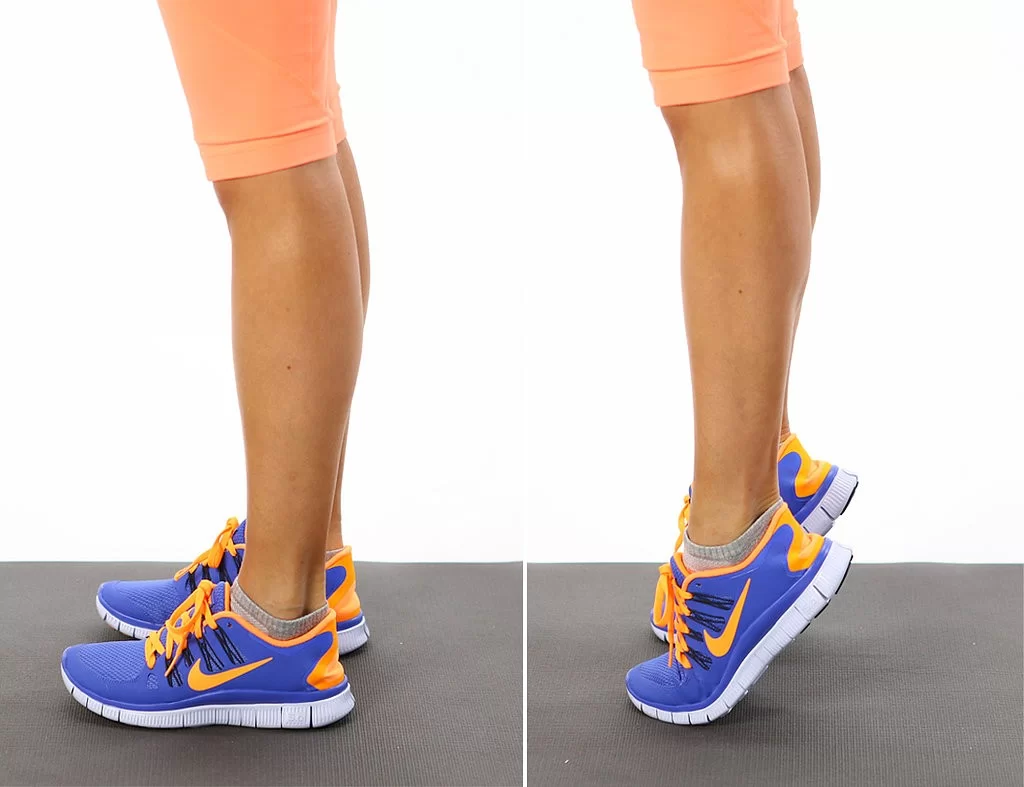
Double-Leg Calf Raise: Calf raises are a calf-strengthening exercise. They use for body weight to strengthen and tone the gastrocnemius and soleus. Stand near a wall or bench for balance. Place your feet hip-width apart & ankles, knees, and hips are in vertical alignment to protect your joints. Push down into the balls of both feet to raise the body up. Keep the abdominal muscles pulled in so move straight rising &shifting body side to side.
Single-Leg Calf Raise: In starting position stand on one leg near a wall or bench for balance with the other leg bent. the ankle, knee, and hip of the leg are in vertical alignment to protect the joints. push down into the ball then foot to raise the body upward. The abdominal muscles are pulled in so avoid shifting backward or forward.

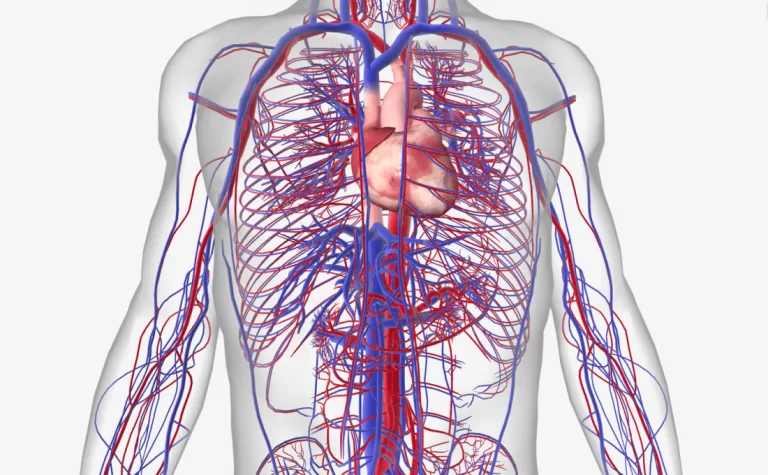
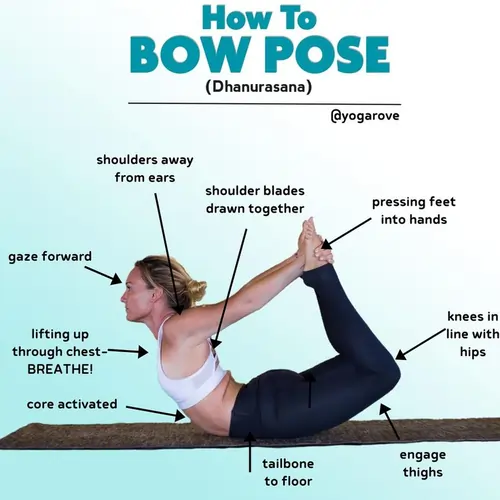
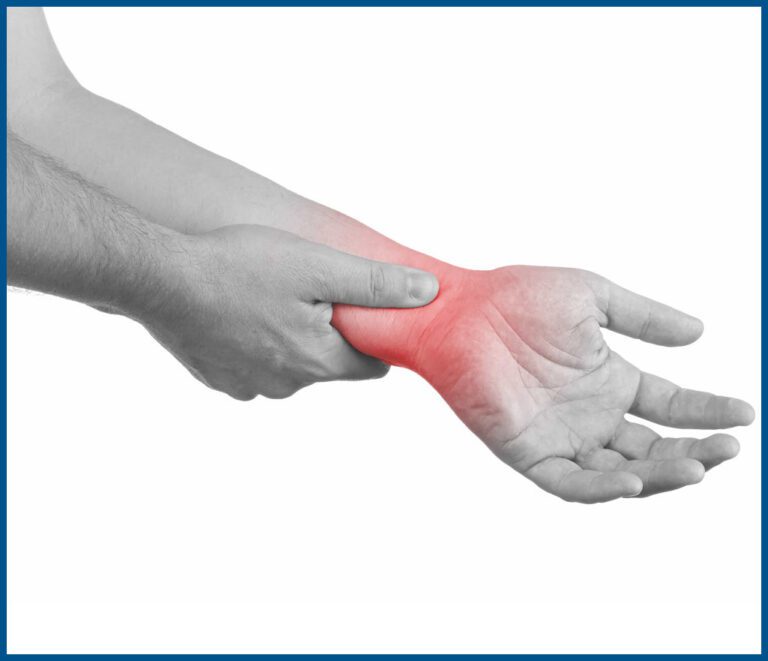
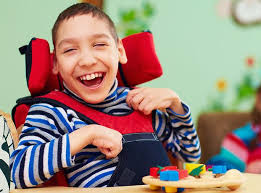
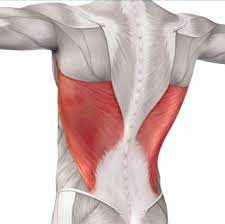
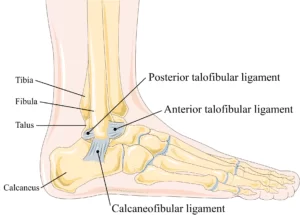
5 Comments